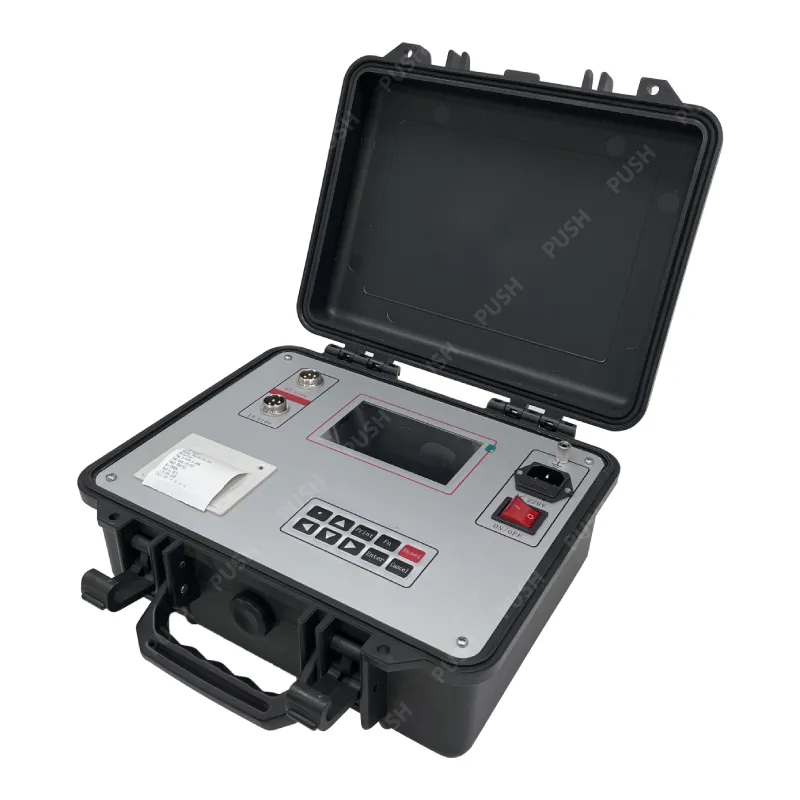 English
English



-
 Afrikaans
Afrikaans -
 Albanian
Albanian -
 Amharic
Amharic -
 Arabic
Arabic -
 Armenian
Armenian -
 Azerbaijani
Azerbaijani -
 Basque
Basque -
 Belarusian
Belarusian -
 Bengali
Bengali -
 Bosnian
Bosnian -
 Bulgarian
Bulgarian -
 Catalan
Catalan -
 Cebuano
Cebuano -
 China
China -
 China (Taiwan)
China (Taiwan) -
 Corsican
Corsican -
 Croatian
Croatian -
 Czech
Czech -
 Danish
Danish -
 Dutch
Dutch -
 English
English -
 Esperanto
Esperanto -
 Estonian
Estonian -
 Finnish
Finnish -
 French
French -
 Frisian
Frisian -
 Galician
Galician -
 Georgian
Georgian -
 German
German -
 Greek
Greek -
 Gujarati
Gujarati -
 Haitian Creole
Haitian Creole -
 hausa
hausa -
 hawaiian
hawaiian -
 Hebrew
Hebrew -
 Hindi
Hindi -
 Miao
Miao -
 Hungarian
Hungarian -
 Icelandic
Icelandic -
 igbo
igbo -
 Indonesian
Indonesian -
 irish
irish -
 Italian
Italian -
 Japanese
Japanese -
 Javanese
Javanese -
 Kannada
Kannada -
 kazakh
kazakh -
 Khmer
Khmer -
 Rwandese
Rwandese -
 Korean
Korean -
 Kurdish
Kurdish -
 Kyrgyz
Kyrgyz -
 Lao
Lao -
 Latin
Latin -
 Latvian
Latvian -
 Lithuanian
Lithuanian -
 Luxembourgish
Luxembourgish -
 Macedonian
Macedonian -
 Malgashi
Malgashi -
 Malay
Malay -
 Malayalam
Malayalam -
 Maltese
Maltese -
 Maori
Maori -
 Marathi
Marathi -
 Mongolian
Mongolian -
 Myanmar
Myanmar -
 Nepali
Nepali -
 Norwegian
Norwegian -
 Norwegian
Norwegian -
 Occitan
Occitan -
 Pashto
Pashto -
 Persian
Persian -
 Polish
Polish -
 Portuguese
Portuguese -
 Punjabi
Punjabi -
 Romanian
Romanian -
 Russian
Russian -
 Samoan
Samoan -
 Scottish Gaelic
Scottish Gaelic -
 Serbian
Serbian -
 Sesotho
Sesotho -
 Shona
Shona -
 Sindhi
Sindhi -
 Sinhala
Sinhala -
 Slovak
Slovak -
 Slovenian
Slovenian -
 Somali
Somali -
 Spanish
Spanish -
 Sundanese
Sundanese -
 Swahili
Swahili -
 Swedish
Swedish -
 Tagalog
Tagalog -
 Tajik
Tajik -
 Tamil
Tamil -
 Tatar
Tatar -
 Telugu
Telugu -
 Thai
Thai -
 Turkish
Turkish -
 Turkmen
Turkmen -
 Ukrainian
Ukrainian -
 Urdu
Urdu -
 Uighur
Uighur -
 Uzbek
Uzbek -
 Vietnamese
Vietnamese -
 Welsh
Welsh -
 Bantu
Bantu -
 Yiddish
Yiddish -
 Yoruba
Yoruba -
 Zulu
Zulu
Development and Application of a Gas Chromatography Model for Analyzing Chemical Compounds
Gas Chromatography A Key Technique in Analytical Chemistry
Gas chromatography (GC) is a powerful analytical technique widely used for separating and analyzing compounds that can be vaporized without decomposition. This method has become indispensable in various fields such as environmental science, pharmaceuticals, food safety, and petrochemical industries due to its efficiency, speed, and precision in identifying and quantifying volatile compounds.
At its core, gas chromatography involves the interaction of a sample with two phases a stationary phase and a mobile phase. The stationary phase is typically a liquid or solid that coats the interior of a column, while the mobile phase is an inert gas, often helium or nitrogen, that carries the sample through the column. As the sample is injected into the system, the different components within the sample interact differently with the stationary phase, leading to their separation as they travel through the column at varying rates.
Gas Chromatography A Key Technique in Analytical Chemistry
After the sample has passed through the column, it reaches the detector, which generates a signal based on the compounds present. Common types of detectors used in GC include flame ionization detectors (FID), thermal conductivity detectors (TCD), and mass spectrometers (MS). Each detector has its advantages, with FID being particularly sensitive to hydrocarbons and MS offering detailed molecular information.
gas chromatography model

The output of a gas chromatography analysis is a chromatogram, which is a graphical representation of the detector response as a function of time. Each peak on the chromatogram corresponds to a different component in the sample, with the area under each peak indicating the quantity of that component. The retention time, the time it takes for a compound to pass through the column, is also recorded and can be used to identify substances by comparing them to known standards.
Gas chromatography is recognized for its effectiveness in achieving high resolution and reproducibility. However, it is essential to optimize various parameters, such as temperature, flow rate, and column selection, to enhance separation efficiency. Temperature programming—where the temperature of the column is gradually increased—can significantly improve the analysis of complex mixtures by allowing more volatile components to elute first.
Despite its many advantages, gas chromatography does have limitations. It is primarily suited for volatile and thermally stable compounds; therefore, non-volatile substances or those that decompose upon heating may require different analytical techniques, such as liquid chromatography or supercritical fluid chromatography.
In conclusion, gas chromatography remains a foundational analytical tool in chemistry, providing critical insights into the composition of various substances. Its speed, accuracy, and versatility make it an essential method for researchers and industries striving to understand and control chemical components in their products and environments. As technology advances, the integration of gas chromatography with other analytical techniques promises to expand its capabilities and applications even further, solidifying its role in the future of analytical science.
-
Ensuring SF₆ Gas Safety: Introducing PUSH’s Integrated SF₆ Analyzer for Dew Point, Purity, and Decomposition MonitoringNewsJul.10,2025
-
Exploring the Main Types of Industrial Endoscopes and Their Applications Across IndustriesNewsJul.04,2025
-
Testing Equipment Industry Sees Major Advancements in 2025: Smart & Precision Technologies Lead the WayNewsJun.06,2025
-
Applications of Direct Current Generators in Renewable Energy SystemsNewsJun.05,2025
-
Hipot Tester Calibration and Accuracy GuidelinesNewsJun.05,2025
-
Digital Circuit Breaker Analyzer Features and BenefitsNewsJun.05,2025



